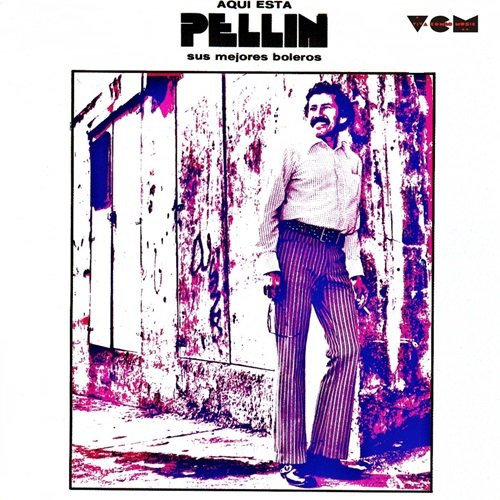Calamus Ensemble - Luigi Gatti: Chamber Music (2010)
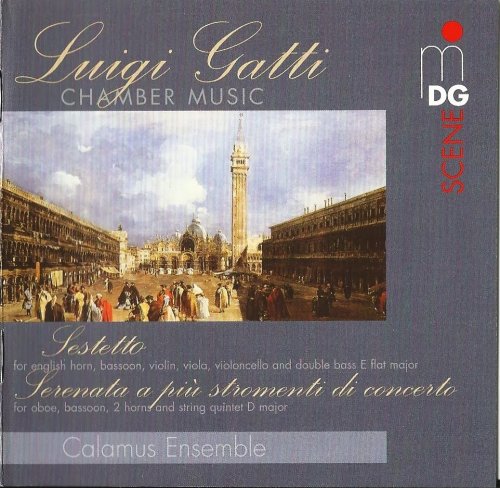
Artist: Calamus Ensemble
Title: Luigi Gatti: Chamber Music
Year Of Release: 2010
Label: MDG
Genre: Classical
Quality: FLAC (image+.cue,log,scans)
Total Time: 01:02:55
Total Size: 300 Mb
WebSite: Album Preview
Tracklist: Title: Luigi Gatti: Chamber Music
Year Of Release: 2010
Label: MDG
Genre: Classical
Quality: FLAC (image+.cue,log,scans)
Total Time: 01:02:55
Total Size: 300 Mb
WebSite: Album Preview
01. Serenata for oboe, bassoon, 2 horns & string quartet in D major - Allegro [0:12:03.72]
02. Serenata for oboe, bassoon, 2 horns & string quartet in D major - Adagio alla Romanza [0:09:59.66]
03. Serenata for oboe, bassoon, 2 horns & string quartet in D major - Menuetto [0:05:07.53]
04. Serenata for oboe, bassoon, 2 horns & string quartet in D major - Allegro [0:06:51.64]
05. Sextet for English horn, bassoon, violin, viola, cello & double bass in E flat major - Adagio - Allegro [0:07:57.42]
06. Sextet for English horn, bassoon, violin, viola, cello & double bass in E flat major - Menuetto con brio [0:03:14.50]
07. Sextet for English horn, bassoon, violin, viola, cello & double bass in E flat major - Adagio cantabile [0:06:45.57]
08. Sextet for English horn, bassoon, violin, viola, cello & double bass in E flat major - Larghetto [0:06:15.65]
09. Sextet for English horn, bassoon, violin, viola, cello & double bass in E flat major - Rondo- Allegro [0:04:44.47]
Performers:
Calamus Ensemble
The circle of musicians surrounding Germany's audiophile MDG label has been responsible for several important discoveries in the music of the late 18th century, and this pair of chamber works for winds and strings, unearthed by bassoonist Rainer Schottstädt of the Calamus Ensemble, must rank among the nicest. Composer Luigi Gatti crossed paths with Mozart several times; in 1783, after Mozart had left Salzburg, he become court music director to the infamous Archbishop Colloredo. The Sextet for English horn, bassoon, violin, viola, cello, and double bass recorded here may have been composed in 1790, and the uniquely titled Serenata a più stromenti di Concerto seems to be of roughly the same vintage. The Serenata, for the seemingly impossible combination of oboe, bassoon, two horns, and string quintet, is the more compelling of the two works. Over the course of the 12-minute opening movement, Gatti expertly spins out the various sonorities that can be created by this group, shifting the winds from a quasi-orchestral role to solo status and back again. The shorter movements are full of gorgeous instrumental effects (try the trio of the minuet, track 3), and the ensemble, which seems so unwieldy, becomes a constant source of delight. The Sextet, which has five movements (the Serenade, despite its name, has a conventional four-movement symphonic form), has a more occasional quality with its pair of consecutive slow movements, but these too are innovative in their harmonic contrasts and point forward to the post-Classical chamber style of Hummel and his time. The performances by Schottstädt and the rest of the ensemble are sensitive, lyrical, quiet, and entirely in keeping with the ambiance for which music like this would have been intended. MDG's engineering is up to its usual high standards, and the music here is at a level of quality that would let you spring it on friends and ask them to guess the famous composer. Strongly recommended for fans of Mozart and his era.
[center][/center]
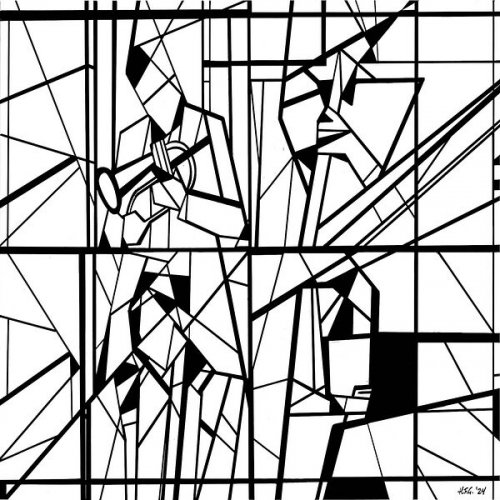
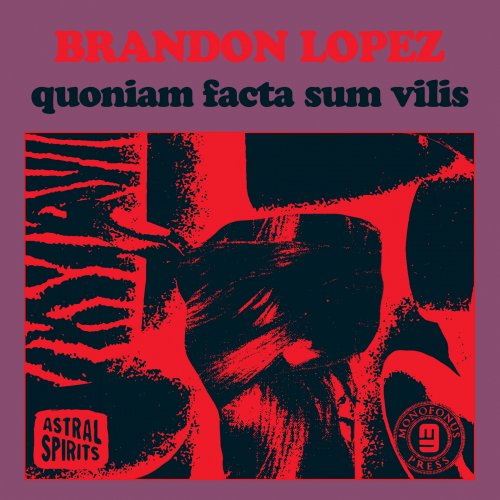
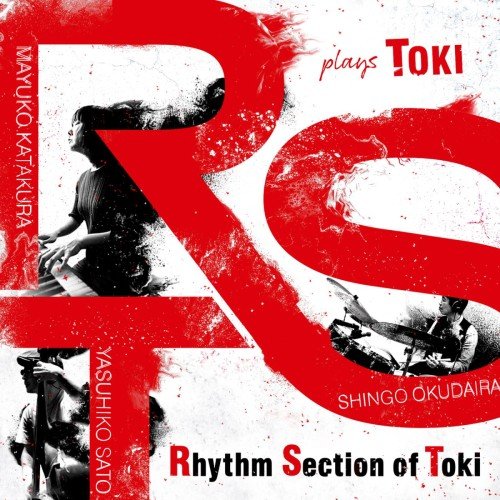

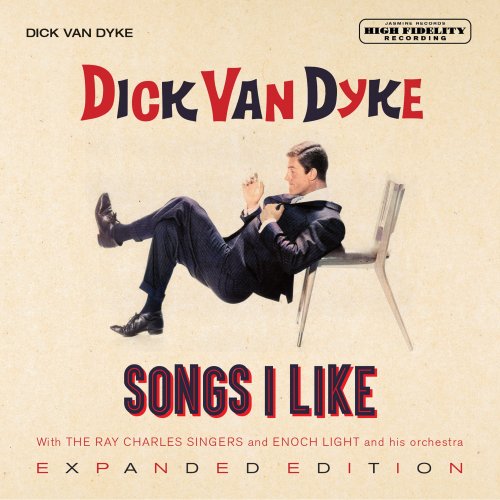
![Cesare Pizzetti - Make It Happen (2025) [Hi-Res] Cesare Pizzetti - Make It Happen (2025) [Hi-Res]](https://www.dibpic.com/uploads/posts/2025-11/1764319358_cover.jpg)
![Mario Schiano, Tommaso Vittorini - Swimming Pool Orchestra (2025) [Hi-Res] Mario Schiano, Tommaso Vittorini - Swimming Pool Orchestra (2025) [Hi-Res]](https://img.israbox.com/img/2025-11/30/i1hbvrxkxmer4t2eb24mguhul.jpg)
